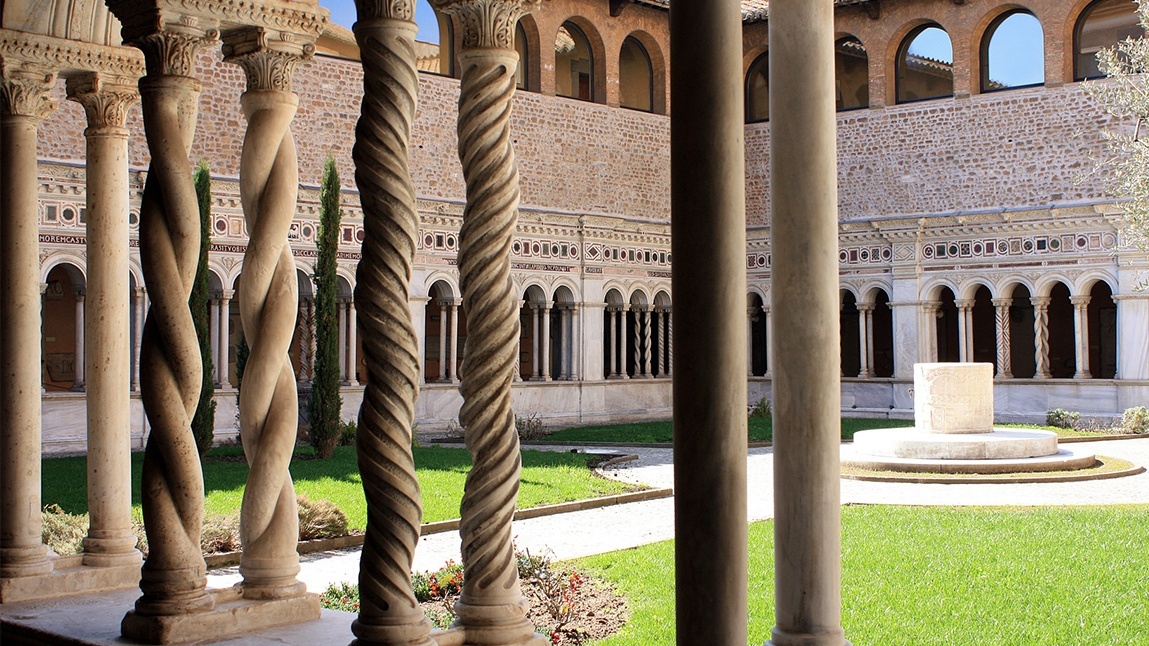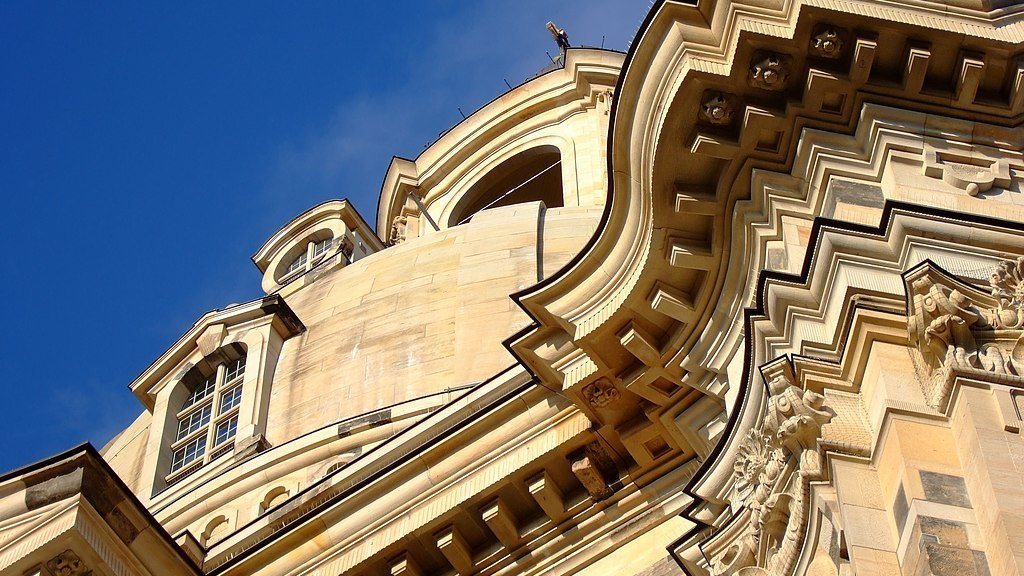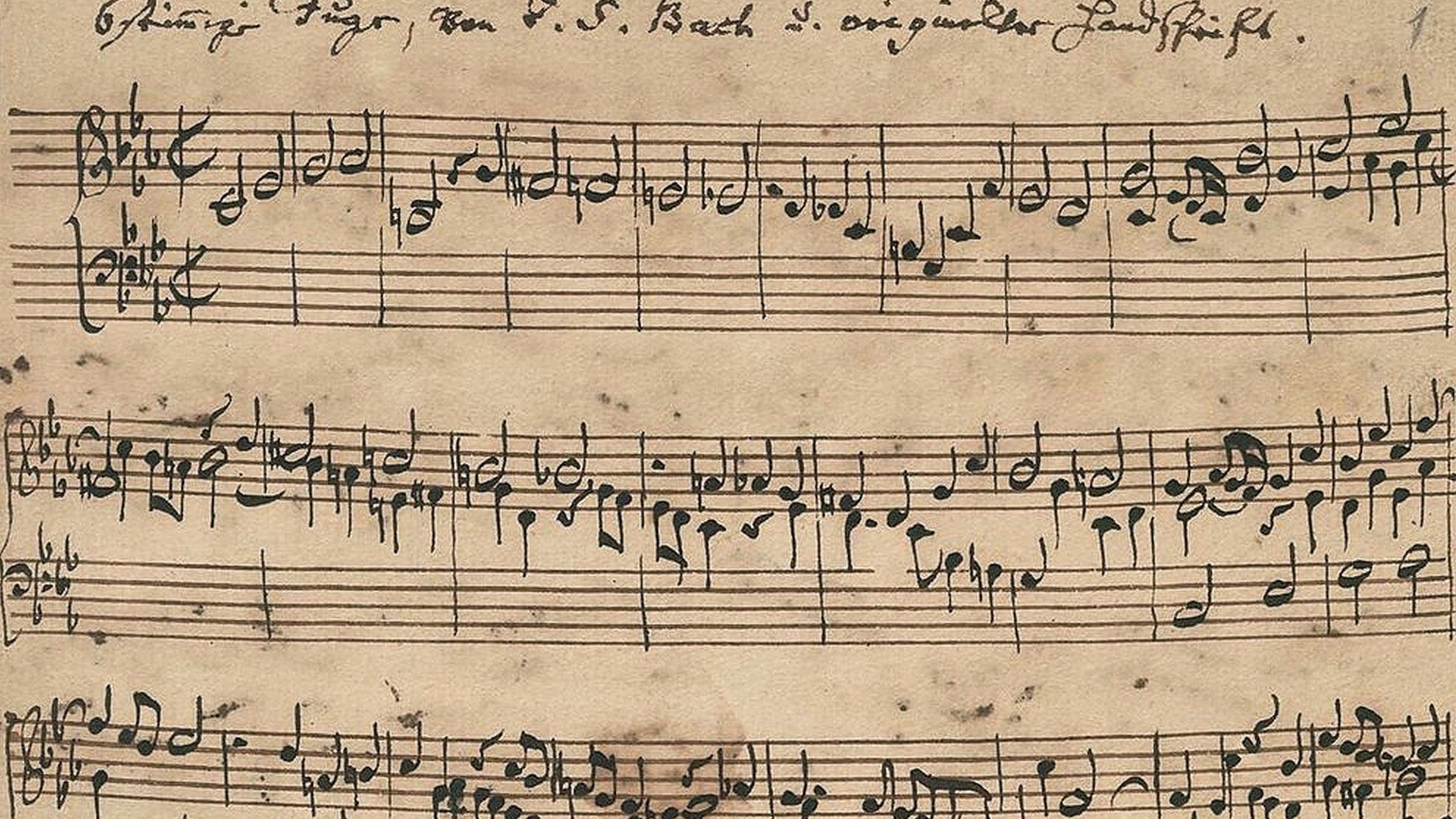Handel’s “Haec est Regina Virginum,” Anne Sofie von Otter
In the years before his arrival in London, the young George Frideric Handel was based in Italy. Settling in Rome, Handel, a native of the German state of Saxony-Anhalt, composed cantatas and oratorios for the city’s most wealthy and powerful Cardinals. Additionally, commissions poured in from Florence, Venice, and Naples. It was during this time that Handel composed Haec est Regina virginum, HWV 235 (“Behold the Queen of Virgins”). The antiphon may have been written …







